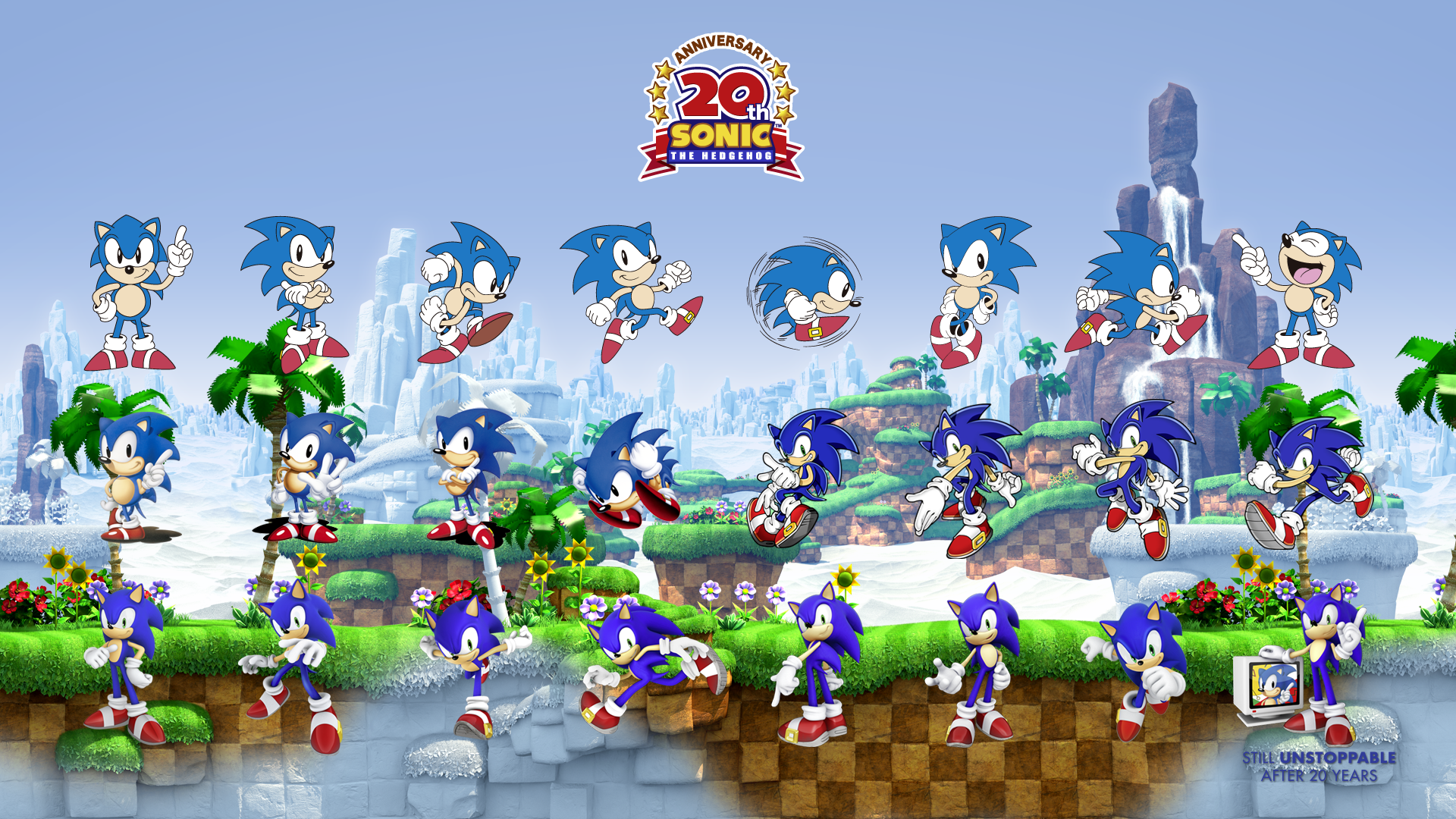

The key seems to just be for identification, so here (for Ocean Palace) I called it CageGroup01 as it was the first group I made that unlocked a cage. A Group that will be compiled into the converted SET. Then lay them out as shown below.Įach key is. To set these up, create an XML in your stage's cache directory called groupdata_.group.xml (where is a name, such as base). Objects in '06 make frequent usage of grouping, allowing objects to influence each other in some way (such as an Egg Chaser commanding a squad of Egg Liners or defeating an enemy unlocking a cage). The process of placing and editing objects at this point follows the workflow of using Sonic GLvl for a Generations stage mod, so will not be covered here. The crucial step is to remember to set the stage scale in HedgehogConverter to 1% on all three axis, as the scale does not match between both games.

When converting your own terrain (such as for a stage mod) the process is almost identical to the conversion process for Sonic Generations (it's recommended to use the two #base files as a template). Pre converted copies of the actual Sonic '06 stages are present on the Stage Editing Archive repository (under the SonicGLvl/import directory). Next, download the Sonic '06 Stage Editing Archive and extract the SonicGLvl/database folder to your SonicGLvl location, choosing to merge/replace existing files. Then, open the database folder and delete the objects folder. Setting Up ¶ĭownload your preferred version of Sonic GLvl 0.9 and extract the repository to any location. This guide will explain how to set up GLvl for this purpose, with the assumption that the user understands basic usage of the program itself. Due to a lack of an actual, dedicated level editor for Sonic '06, we (at the time of writing) use a hacked together solution that allows us to use Sonic GLvl as a stand in.


 0 kommentar(er)
0 kommentar(er)
